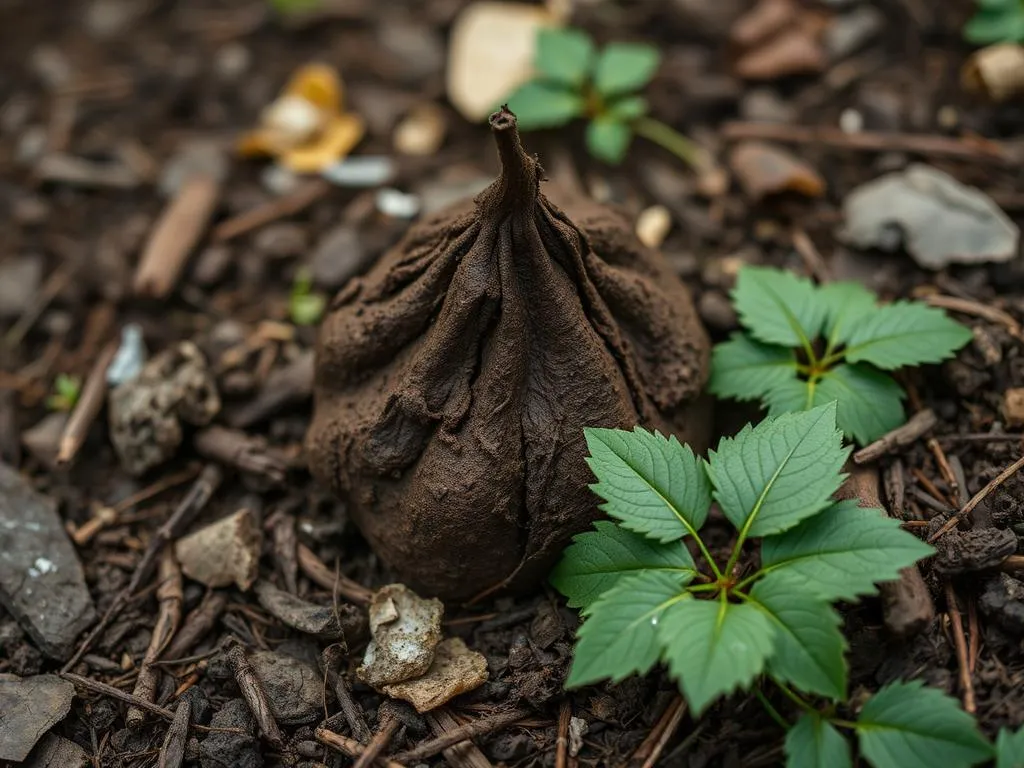
Understanding the decomposition of dog poop is essential for pet owners who want to minimize their environmental impact. The breakdown of pet waste not only affects the immediate surroundings but can also have far-reaching consequences on local ecosystems and public health. In this article, we will explore various factors that influence how long it takes for dog poop to decompose, compare it with other types of waste, and discuss best practices for waste disposal.
Understanding Dog Waste
Composition of Dog Poop
Dog poop is primarily composed of leftover nutrients from their diet. This includes proteins, fats, and carbohydrates, which are essential for a dog’s health. However, it also contains a variety of bacteria and pathogens, many of which can be harmful. Notably, fecal matter can carry parasites like hookworms and roundworms, which can pose risks to both humans and other animals if not disposed of properly.
Differences Between Dog Poop and Other Animal Waste
When comparing dog poop to other types of animal waste, there are notable differences. For instance, cat litter often contains clay or silica, which does not decompose naturally and can be harmful to the environment. Human waste, when untreated, can also introduce pathogens into ecosystems. In contrast, dog poop has more nutritional value and can contribute to soil quality if disposed of correctly. However, both types of waste have significant environmental implications, especially when left untreated in urban areas where runoff can contaminate water sources.
Factors Affecting Decomposition Time
Environmental Conditions
Temperature
Temperature plays a crucial role in the decomposition process. Warmer temperatures can speed up decomposition, as heat encourages microbial activity. In general, dog poop may decompose faster in warmer climates compared to cooler ones.
Moisture
Moisture levels also significantly impact how long it takes for dog poop to break down. Rain and humidity can aid in the decomposition process by providing the necessary moisture for microorganisms to thrive. Conversely, dry conditions can slow the breakdown significantly.
Soil Type and Microbial Activity
The composition of the soil where dog poop is disposed of can influence decomposition time. Loamy soils, rich in organic matter, are typically more conducive to faster decomposition than sandy or clay soils. Additionally, microbial activity is vital in this process. The more diverse and active the microbial community in the soil, the quicker the breakdown of organic matter, including dog waste.
Size and Consistency of Dog Poop
The size and consistency of dog poop also affect how long it takes to decompose. Larger stools or those that are firmer may take longer to break down than smaller, softer ones. This is due to the greater volume that needs to be processed by microorganisms.
Location of Disposal
The location where dog poop is disposed of can also have a significant effect on decomposition. In urban settings, where concrete and asphalt dominate, waste may take longer to decompose due to limited soil contact and reduced microbial activity. In rural areas, where natural ecosystems are more prevalent, dog waste can decompose more efficiently.
Average Decomposition Time
General Timeframes
On average, dog poop takes between 9 weeks to 1 year to fully decompose. This timeframe can vary widely based on the factors mentioned above. For instance, in optimal conditions—warm, moist environments with healthy soil—the breakdown process may be on the shorter end of the spectrum. However, in adverse conditions, it could extend beyond a year.
Comparison with Other Organic Waste
When we compare dog poop decomposition times with other organic waste, we find some interesting insights. For example:
- Food waste typically decomposes within 3 to 6 months.
- Yard waste, like leaves and grass clippings, can take a few weeks to a few months, depending on conditions.
- Other pet waste, such as cat litter, may not decompose at all if it contains non-biodegradable materials.
Environmental Impact of Dog Poop
Pollution and Water Quality
One of the most significant concerns regarding dog waste is its potential to contribute to water pollution. When dog poop is left on the ground, rain can wash the waste into storm drains, leading to contamination of local rivers, lakes, and oceans. This can introduce harmful bacteria and nutrients, leading to issues like algae blooms and degraded water quality.
Soil Health
While dog poop can provide nutrients to the soil, excessive amounts can lead to imbalances. High concentrations of nitrogen from dog waste can harm soil quality and disrupt nutrient cycling. Proper disposal methods are essential to maintain healthy soil ecosystems.
Public Health Concerns
There are significant public health concerns associated with decomposing dog waste. Pathogens and parasites can pose risks to both humans and other animals. For instance, children playing in parks may come into contact with contaminated soil, leading to potential health risks. Therefore, responsible pet ownership includes ensuring that dog waste is disposed of properly.
Best Practices for Dog Waste Disposal
Immediate Cleanup
One of the best practices for dog waste disposal is to clean up after your dog immediately. This not only helps keep parks and public spaces clean but also minimizes the environmental impact. Carrying waste bags during walks makes it easy to dispose of dog poop responsibly.
Composting Dog Waste
Composting dog waste can be a viable option if done safely. However, it is crucial to understand what can and cannot be included in a compost pile. It’s recommended to use a designated dog waste composter and avoid adding human food waste or other organic materials that could introduce harmful pathogens. Remember, composted dog waste should not be used on edible plants.
Eco-Friendly Disposal Options
Utilizing biodegradable bags for dog waste is another eco-friendly option. These bags break down more quickly than traditional plastic, reducing the overall environmental footprint. Additionally, consider investing in a dog waste disposal system that allows for more efficient breakdown of waste in your yard.
Community Responsibility
Community responsibility plays a crucial role in effective pet waste management. Local governments can implement policies that encourage proper disposal, such as installing more waste stations in public areas. Organizing community clean-up events can also foster a sense of collective responsibility among dog owners.
Conclusion
Understanding how long dog poop takes to decompose is essential for responsible pet ownership. By recognizing the various factors that influence decomposition time, the environmental impacts of dog waste, and implementing best practices for disposal, we can all contribute to a healthier environment. Adopting better waste disposal practices not only benefits our immediate surroundings but also supports the well-being of our communities and ecosystems.
FAQs
How can I speed up the decomposition of dog poop?
To speed up the decomposition of dog poop, you can consider the following methods:
– Moisture: Ensure the waste is in a damp environment, as moisture accelerates microbial activity.
– Soil Contact: Bury the waste in soil to enhance contact with decomposing organisms.
– Aeration: Break up the waste to allow air circulation, which is critical for aerobic bacteria.
Is it safe to compost dog waste?
Yes, it is safe to compost dog waste if done correctly. Use a dedicated composter, avoid mixing it with human food waste, and ensure the compost reaches high temperatures to kill pathogens.
What are the best biodegradable bags for dog waste?
Look for bags made from plant-based materials or those labeled as compostable. Ensure they meet the ASTM D6400 or EN13432 standards for biodegradability.
How can communities improve pet waste management?
Communities can improve pet waste management by:
– Installing more waste disposal stations in parks.
– Educating pet owners about proper disposal practices.
– Organizing community cleanup events to raise awareness and encourage participation.
By adopting these measures, communities can foster a culture of responsibility and care for the environment, promoting a cleaner, healthier place for everyone.









